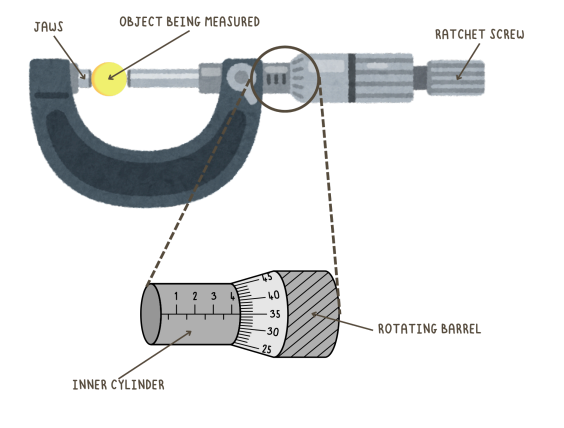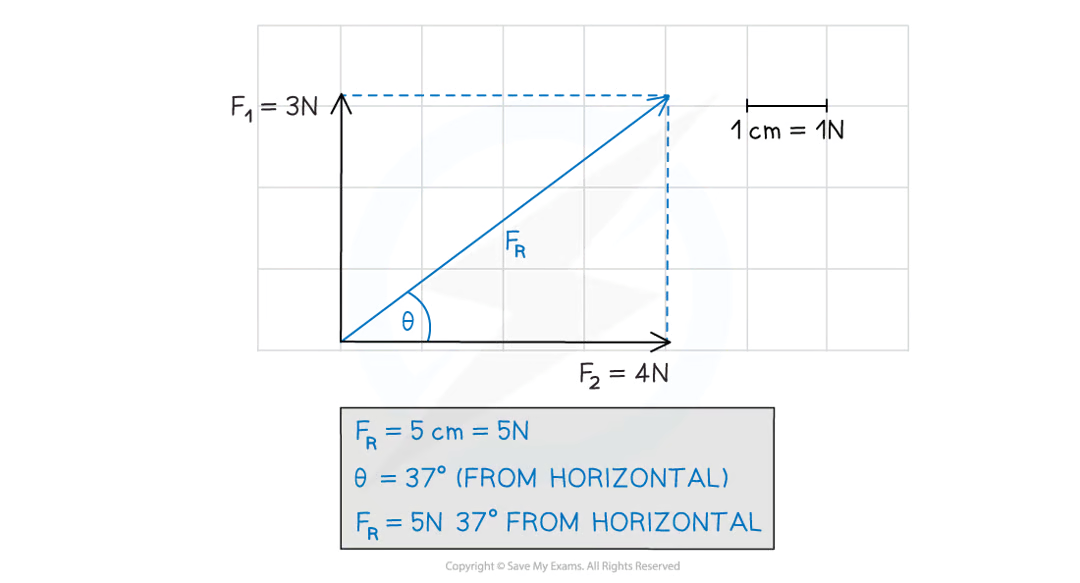Physics - Unit 1.1: Physical Quantities and Measurement Techniques
1/12
There's no tags or description
Looks like no tags are added yet.
Name | Mastery | Learn | Test | Matching | Spaced |
|---|
No study sessions yet.
13 Terms
how can length be measured?
ruler (small distances of a few centimetres)
tapes (large distances of a few metres)
micrometers (very small distances that a ruler cannot measure)
how can you read the scale on an analogue micrometer?
the inner cylinder gives its integer value in mm
rotating barrel gives its decimal value to 0.01mm

how can the volume of a liquid be measured?
using measuring cylinders
how to determine the volume of a solid?
measure the volume of the liquid using a measuring cylinder
place object in the measuring cylinder and measure volume
volume of irregular object = final volume - initial volume
how can time be measured?
using stop-clocks and stopwatches
how can a small distance be measured?
measure the length of multiple quantity of the item and divide the length by the quantity of the item
how can a short interval of time be measured?
take multiple readings and find the average
what is a scalar?
a quantity that has magnitude (size) only
what is a vector?
a quantity that has both magnitude and direction
give examples of scalars?
distance
speed
time
mass
energy
temperature
give examples of vectors?
displacement
force
weight
velocity
acceleration
momentum
electric field strength
gravitational field strength
how to find the resultant of 2 vectors at right angles graphically?
choose a scale which fits the page
draw vectors at right angles to one another
complete the rectangle
draw the resultant vector diagonally from origin
carefully measure the length of the resultant vector
use the scale factor to calculate the magnitude
use the protractor to measure the angle

how to find the resultant of 2 vectors at right angles by calculation?
use pythagoras’ theorem to find the resultant vector
to find the direction, calculate the angle using trigonometry (soh-cah-toa)